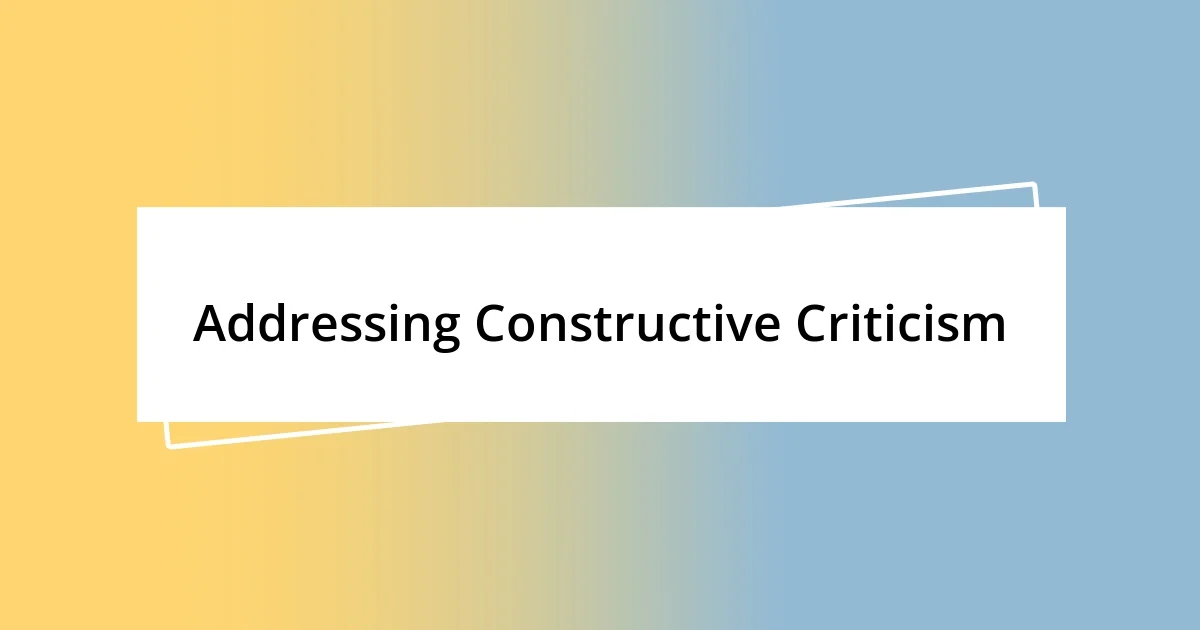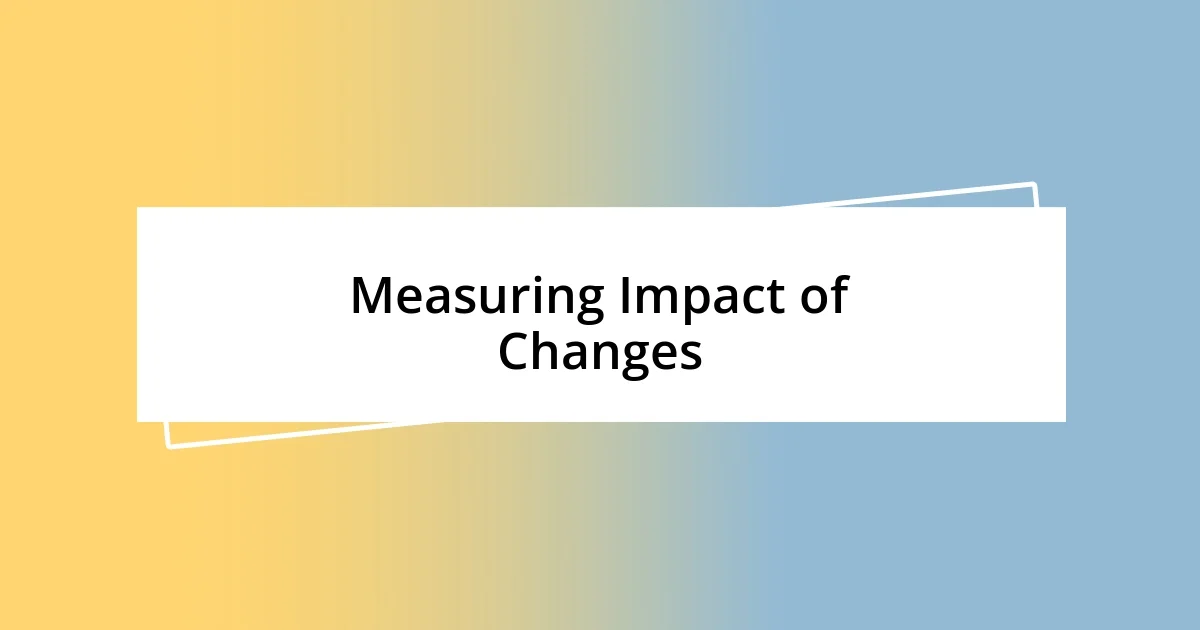Key takeaways:
- Reader engagement relies on emotional connection and vulnerability, highlighting the potential impact of writing on readers’ lives.
- Constructive criticism and reader suggestions are essential for growth, encouraging writers to embrace different perspectives and improve clarity.
- Incorporating feedback leads to enhanced content strategies, such as including practical takeaways and diverse formats to better connect with the audience.

Understanding Reader Engagement
Reader engagement is a fascinating dance between the writer’s intention and the reader’s response. I remember the thrill of receiving my first batch of feedback; it was like opening a window to new perspectives. How do we truly understand what resonates with our readers?
When I think about engagement, I recognize it’s not just about numbers; it’s about connection. One time, a reader shared how a particular story touched their heart during a tough time in their life. This moment really opened my eyes to the power of vulnerability in writing. It made me wonder, what if every piece I write has the potential to impact someone on such a deep level?
The emotional responses I’ve received have taught me that readers come to a piece of writing not just for entertainment but for understanding and reflection. I often find myself reflecting on whether I’m evoking the emotions I intend. Are we, as writers, fully aware of the weight our words carry in the lives of others? This realization keeps me grounded and motivated to continuously engage meaningfully.

Identifying Common Themes
Identifying common themes in reader responses has been an eye-opening experience for me. It’s like piecing together a puzzle, where each piece reveals a more significant picture of our audience’s interests and emotions. During a recent round of feedback, I noticed multiple readers mentioned feeling empowered by a specific piece I wrote about overcoming adversity. This got me thinking about how universally relatable struggles can evoke a shared sense of resilience.
To hone in on these patterns, I’ve found it helpful to look for specific indicators in reader feedback. Here are some common themes I’ve identified:
- Emotional Resonance: Many readers express feelings of hope, joy, and understanding.
- Relatable Experiences: Responses often highlight personal experiences that mirror the topics I discuss.
- Calls for Connection: A significant number of comments seek deeper conversations around personal growth and vulnerability.
- Practical Insights: Readers appreciate actionable advice derived from emotional narratives, showing they value relatability and practical takeaways.
This process not only enriches my writing but also nurtures a deeper connection with my audience.

Analyzing Positive Feedback
Analyzing positive feedback often feels like discovering hidden treasures in the midst of a chaotic sea of responses. I vividly recall a moment when a reader expressed how my article on personal growth spurred them to take action in their own life. That kind of validation energizes me as a writer and reinforces the importance of authenticity in sharing my own journey. Every piece of encouragement creates a clearer picture of what resonates with my audience and inspires me to tap into those emotions more deeply.
When I analyze specific comments, I notice patterns emerge. Feedback praising clarity and encouragement influences my focus in future writings. For instance, a heartfelt note from a reader who found solace in my message of resilience made me realize that vulnerability can be a powerful connector. Positive feedback like this not only affirms my efforts but helps me to refine my approach to ensure that I’m truly serving my readers’ needs.
Reflecting on this positive feedback fuels my desire to enhance my craft continually. It’s fascinating how a simple “thank you” or a story of personal connection can illuminate the impact of my words. I often ask myself, how can I maintain that level of engagement? The challenge lies in maintaining authenticity and drawing from real-life experiences that inspire others.
| Positive Feedback Example | Impact on Writing |
|---|---|
| Reader felt inspired to make a life change based on my article | Motivates me to share more personal stories |
| Comment highlighted clarity in my messages | Encourages me to simplify complex ideas |

Addressing Constructive Criticism
Addressing constructive criticism is a delicate dance. I recall a time when a reader pointed out that my use of jargon in an article made it less accessible. Initially, I felt a pang of defensiveness, but then I realized this feedback was a gift. It pushed me to reevaluate my language and strive for clarity, reminding me that the goal is to connect with my audience, not confuse them.
When tackling constructive criticism, I often reflect on the writer-reader relationship. Just the other day, a thoughtful comment called my attention to a bias in my perspective. Instead of brushing it off, I engaged with the reader and had a meaningful conversation about their viewpoint. This exchange not only broadened my horizons but also reinforced the importance of openness to learning from others. Isn’t it fascinating how a single critique can lead to an enriching dialogue?
Ultimately, constructive criticism serves as a vital growth tool. It encourages me to step out of my comfort zone and be more introspective about my writing. For instance, I took a piece that received mixed comments and revised it based on the feedback, leading to a much more rounded and inclusive article. Have you ever experienced a shift in your understanding just from someone else’s insight? It’s those moments that foster both personal and professional development, opening doors to new ideas and creative possibilities.

Implementing Reader Suggestions
Implementing reader suggestions can feel like an exciting journey into uncharted territory. I distinctly remember when a reader proposed that I dive deeper into mental health topics. Initially, I hesitated—would this resonate? But the thrill of expanding my writing horizons won out, and I realized that meeting my audience’s interests could forge deeper connections. It’s remarkable how a simple suggestion can ignite a wealth of ideas I hadn’t considered before.
In another instance, a reader asked for more practical tips in my articles. That request stuck with me, prompting me to rewrite a piece with actionable advice rather than just insights. Surprisingly, the response was overwhelmingly positive, reinforcing the idea that when I listen to my readers, it opens up new avenues for creativity. Isn’t it interesting how one person’s question can serve as a compass, guiding both my writing and my growth?
When I think about implementing these suggestions, I find it’s not just about changing content but also about evolving my entire approach. A reader once inspired me to share more personal failures and lessons from them. I felt vulnerable at first but discovered that sharing these “unfiltered” moments was incredibly liberating, both for me and the audience. It’s an ongoing reminder to me that engaging with readers isn’t merely transactional; it’s a collaborative process that enriches us all.

Enhancing Future Content Strategy
Reflecting on the valuable feedback from my readers has significantly shaped my future content strategy. I vividly recall when a reader suggested incorporating diverse voices and perspectives in my writing. At first, I was unsure of how to approach this, but then I realized that embracing different viewpoints could elevate my content. Isn’t it fascinating how a single suggestion can lead to more inclusive and vibrant storytelling?
A pivotal moment for me was when a reader pointed out that I often focused on broader concepts without offering practical takeaways. That resonated deeply; I began to see how my articles could not only inform but also empower my audience to take action. By weaving more actionable insights into my upcoming pieces, I found a way to transform abstract ideas into relatable, actionable advice. How often do we overlook the importance of practicality in our writing?
As I continue to refine my content strategy, I’ve also embraced the idea of experimenting with formats based on reader preferences. Recently, a few readers expressed a desire for more visual elements, like infographics or videos. Inspired, I started integrating these elements into my work, and the engagement skyrocketed! This experience has taught me that staying attuned to my audience’s desires not only enhances my content but also creates a dynamic, ever-evolving dialogue. Isn’t that what writing should be about—connecting and adapting to create a richer experience for everyone involved?

Measuring Impact of Changes
Measuring the impact of changes I’ve implemented based on reader feedback can be a profound experience. For instance, after I added more personal anecdotes to my writing, I noticed an increase in reader engagement. It felt amazing to see comments pouring in, with many readers sharing how they related to my experiences. Isn’t it incredible how vulnerability can create stronger connections?
Another way I gauge impact is through analytics—like tracking which posts saw a surge in readership after incorporating requested practical tips. One post specifically resonated, leading to a notable spike in shares across social media. This data isn’t just numbers; it represents real people benefiting from the changes I made. Isn’t it fascinating how numbers can tell a story of their own?
Feedback also shapes my understanding of what resonates. When readers expressed appreciation for discussing failures, I realized that embracing authenticity was paramount. I’ve now started asking for feedback more frequently, encouraging readers to share their thoughts on changes. This practice not only measures impact but also fosters a community where readers feel their voices are heard. How empowering is it to know that together we shape our journey in writing?














